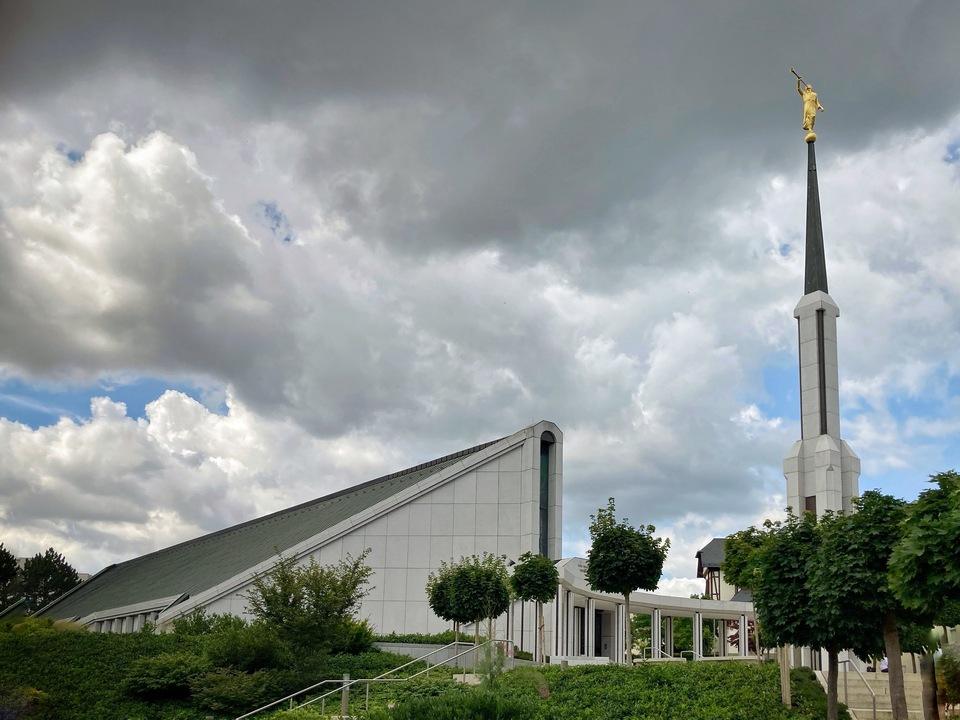Understanding the Mormon Church: Beliefs and Contemporary Role

Introduction
The Mormon Church, formally known as The Church of Jesus Christ of Latter-day Saints (LDS), plays a significant role in the social and cultural landscape of the United States and beyond. Founded in the 19th century, the church has experienced growth and change, becoming a prominent religious group with over 16 million members worldwide. Understanding the tenets, history, and current events surrounding the church is essential for comprehending its influence on both its adherents and society at large.
History of the Mormon Church
The Mormon Church was established in 1830 by Joseph Smith in New York. Smith claimed to have translated the Book of Mormon, which he asserted was a record of ancient prophets. The church faced rapid growth but also significant persecution, leading its members to migrate to places like Nauvoo, Illinois, and eventually Salt Lake City, Utah, where they sought refuge and built a society based on their beliefs.
Beliefs and Practices
Mormons believe in the Bible as well as the Book of Mormon, which they regard as another testament of Jesus Christ. Fundamental principles include faith in Jesus Christ, repentance, baptism, receiving the Holy Ghost, and enduring to the end. The church places a strong emphasis on family, missionary work, and community service. Its members are encouraged to live moral lives, abstaining from harmful substances, and to participate in regular worship services on Sundays.
Current Events and Societal Impact
In recent years, the Mormon Church has taken steps to modernise its image and engage with broader societal issues. This includes addressing topics such as LGBTQ+ rights and expanding humanitarian efforts worldwide. In 2022, the church’s leadership issued a statement encouraging a more inclusive approach to discussions around sexual orientation, signalling a shift in its public relations strategy. Furthermore, the church has been involved in significant disaster relief efforts, showcasing its commitment to charitable work.
Conclusion
The Mormon Church’s evolution reflects broader changes in religious and cultural dynamics. As it continues to grow and adapt, its influence remains significant in shaping communities and individual lives. Understanding the church’s beliefs, its history, and the current events surrounding it provides valuable insight for those both inside and outside the faith. As the LDS Church moves into the future, its role in addressing contemporary issues will likely shape its identity and relationship with society at large.
